Ten Tips For New Vegetable Gardeners
Ten Tips For New Vegetable Gardeners
One of the most satisfying things to do in the summer is to raise some of your own food. The process is satisfying, and the results are both tasty and nutritious! I’m reminded of the meme “Gardening is cheaper than therapy…and you get tomatoes!” Whether you plant a few vegetables in pots, a small herb garden, a raised bed, or a large, in-ground garden, here are ten tips for success if you’re new to growing edibles.
- Grow vegetables in the sunniest locations you have. The ideal is at least 8 hours of full sun, but you might get away with less if the area gets direct sun from 10 AM to 3 PM, when the light is the strongest. Know that you don’t have to grow everything in the same location. You might plant tomatoes and basil along the south side of your house, for example, squash, beans and broccoli in a raised bed at the back of the yard, and herbs or lettuce in pots by the kitchen door.
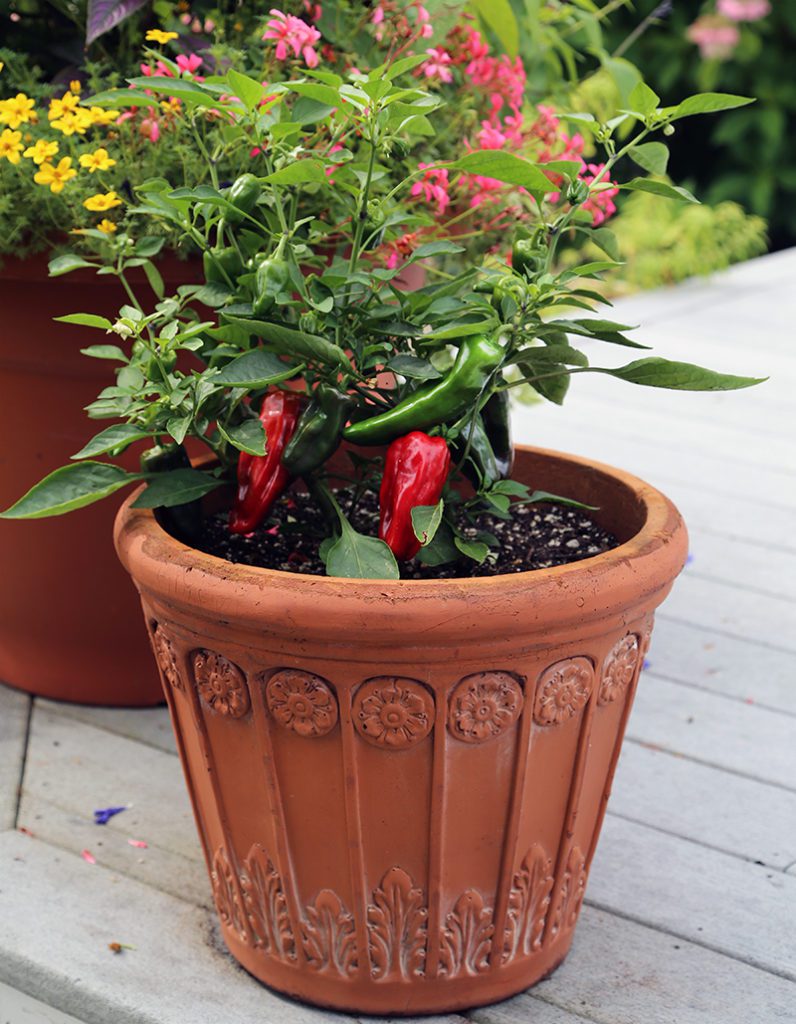
2. Success starts with the soil! If you’re planting in the ground for the first time, the soil should be loosened (tilled) first, and improved with the addition of compost or composted manure. If you’re filling a raised bed, use mostly loam with some compost or manure added. Do not use pure compost and do not use potting soil.
3. Start with vegetables that you know you like to eat. Later you can have fun trying new varieties such as kohlrabi or pak choi, but begin with things you already enjoy eating.
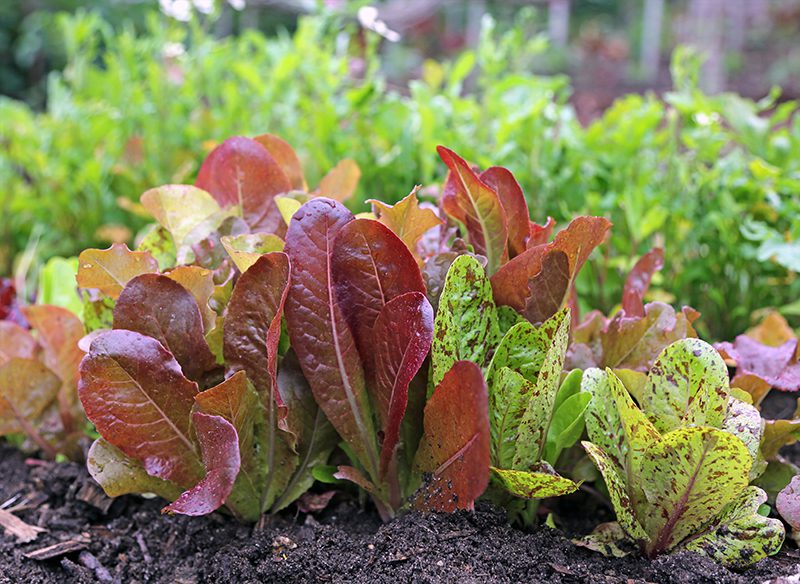
4. Don’t plant too early. On Cape Cod the cool weather crops such as broccoli, kale and cabbage, plus lettuce and parsley, can usually be planted in April. Perennial herbs like sage, thyme, and chives can be planted in April as well. Peas, salad greens and mustard seeds can be put in the ground in April. But warm-weather vegetables such as tomatoes, eggplant, peppers, squash, cucumbers, and beans shouldn’t be planted until the night time temperatures are consistently above 50 ° Fahrenheit. This usually happens in mid-to-late-May. Sometimes, it may not be this warm until the first week in June!
5. For some crops, spacing is important. Most seed packets and plant tags give recommendations for how far apart the plants or seeds should be placed in the garden. This is especially important for root crops such as carrots, radishes and beets. If you put the seeds for these crops too close together, they won’t grow large roots. Even lettuce will be smaller if the seeds are planted close to each other, and you’ll get fewer tomatoes if they are placed any closer than 3 feet apart, stem to stem.
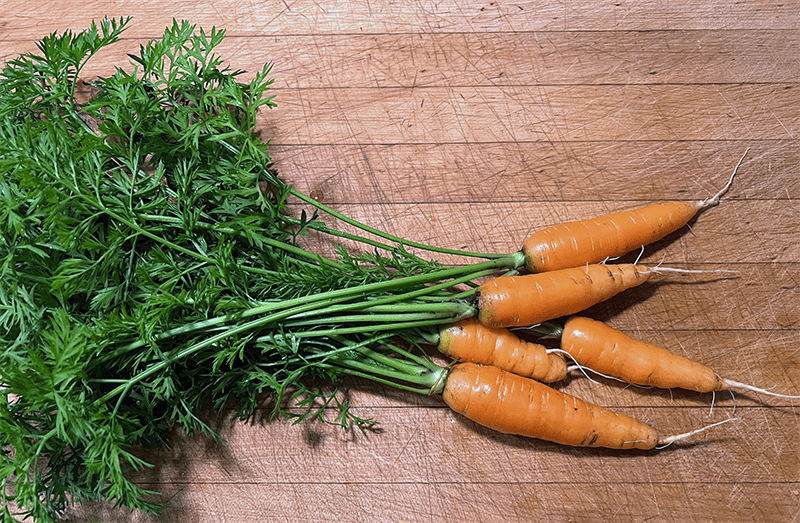
6. Consider ordering a soil test. Go to the University of Massachusetts Soil Testing website and find out how to take samples and send them in. Specify on the form that you will be growing vegetables. The report will tell you if you need to add nutrients or change the pH of the soil. (pH is a measure of how acidic or alkaline the soil is. Vegetables grow best in ground that measures between 6 and 7 on the pH scale. 6.5 is ideal.)
7. Water deeply less often. When seeds or young plants (seedlings) are first put in the garden, watering by hand is fine. A watering wand is helpful for getting a gentle spray that doesn’t hurt seedlings or wash seeds away. But after the first three weeks, water your vegetables with a sprinkler or soaker hoses for longer. Hand-watering never soaks the entire area deeply enough to grow the extensive roots that vegetables need. Consider setting up a timer on your sprinkler or soaker hose so that you can turn the system on in the morning, knowing that it will automatically shut off after two or more hours.
8. Cover the areas between vegetables with mulch. A layer of organic matter as mulch does several things. Mulch prevents weed seeds from germinating, so you have fewer weeds to pull. It also keeps the soil moist for longer periods, and this leads to better growth. Finally, organic mulch improves the soil as it decomposes. Good organic mulches for vegetable gardens include: hay, pine needles, chopped leaves, or seaweed. You can use pine-bark mulch but if you do, keep the layer to under 2 inches and don’t turn it into the soil at the end of the season.
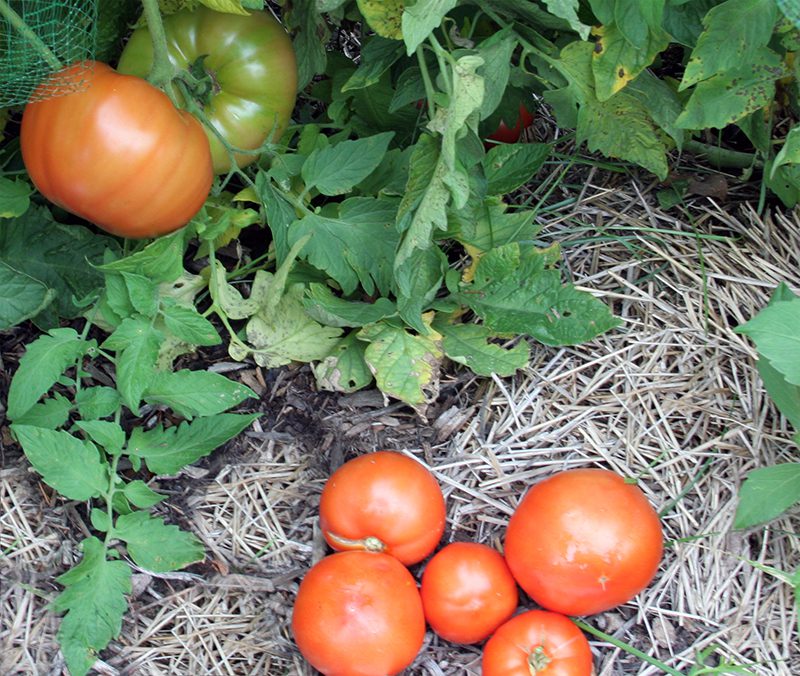
9. Be prepared for those rascally rabbits. And crows, chipmunks or other critters. Although not everyone has animals that try and share the harvest, most of us end up having to fence certain crops so that Thumper, Chip and Dale, or Bambi don’t eat them. Most liquid and granular animal repellants are not suitable for edible crops because they are milk, egg or blood based. Fencing that has very small openings (chicken wire or hardware cloth) and is at least three feet tall will protect your crops from the smaller animals. Taller fencing is needed if you have deer wandering through.
10. Check your garden every day and harvest promptly. Most vegetables are tastiest when they are young, and if they remain on the plants too long the plants will stop producing. So, pick those cucumbers, zucchini and green beans before they look as large as the ones you’d buy in the store. Broccoli heads grown in home gardens are usually smaller than those you’d buy, and lettuce can be harvested by cutting the outer, larger leaves frequently, without waiting for the head to form. The crops that you’ll have to wait longer until harvesting include Brussels sprouts, winter squash, and melons.
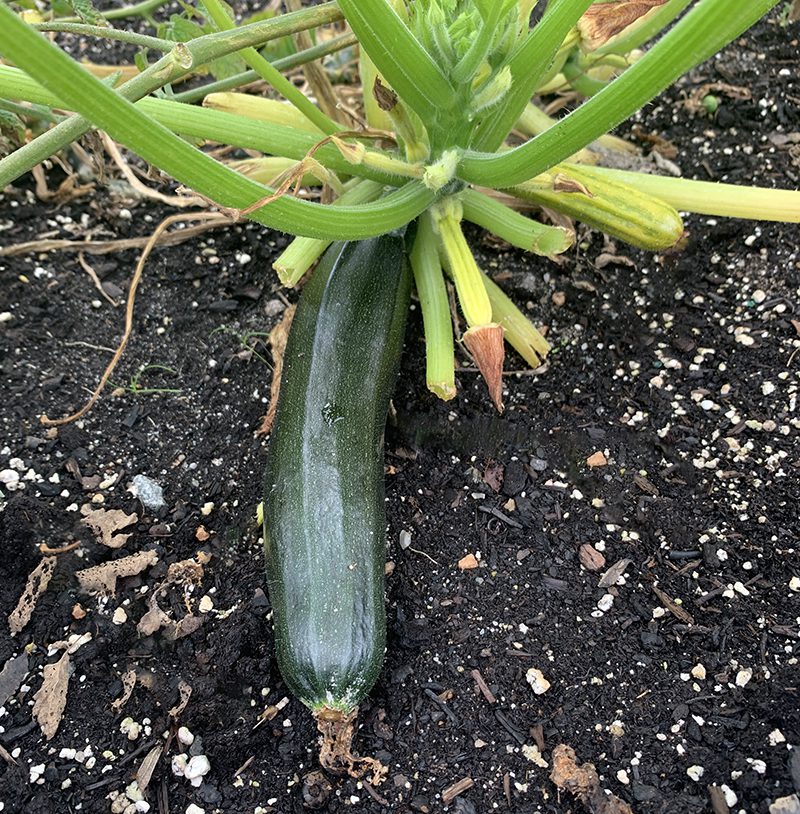
Subscribe To Our Newsletter
Sign up for our weekly email about sales and events.
